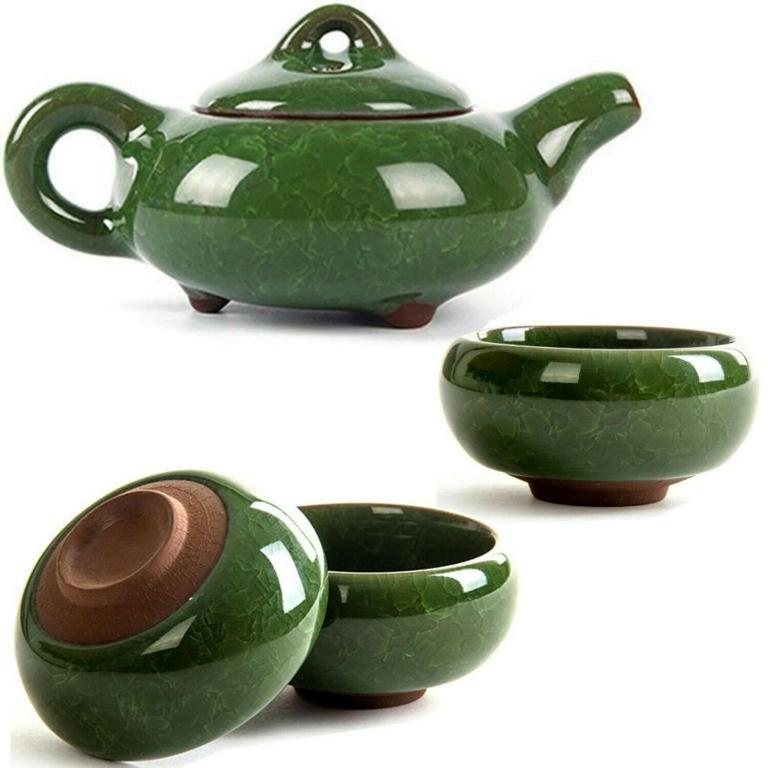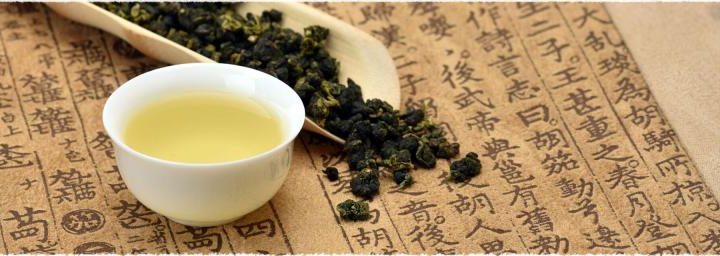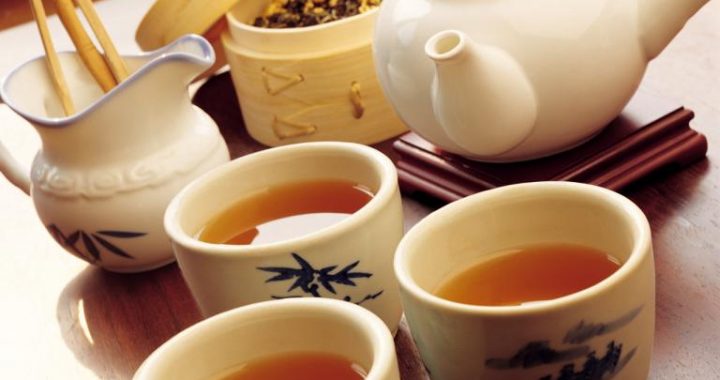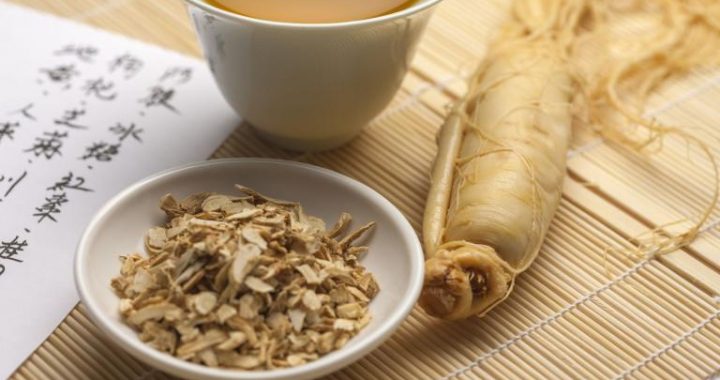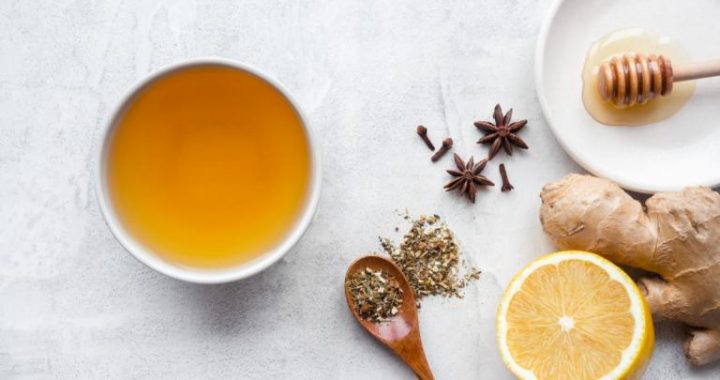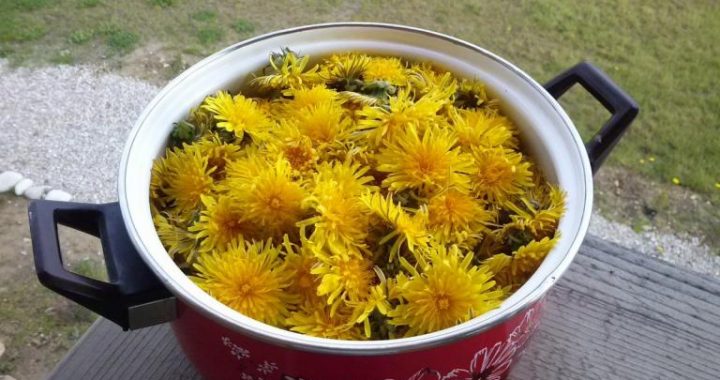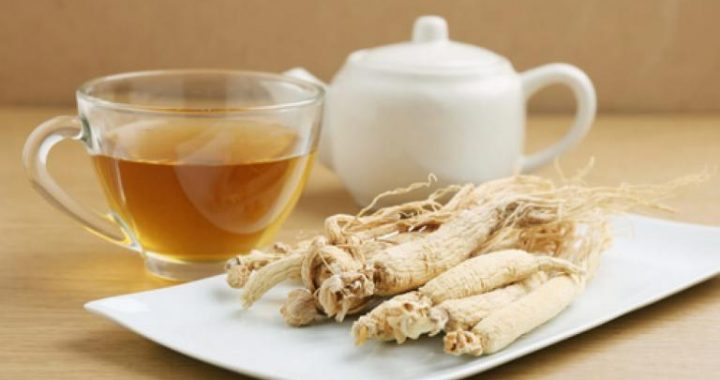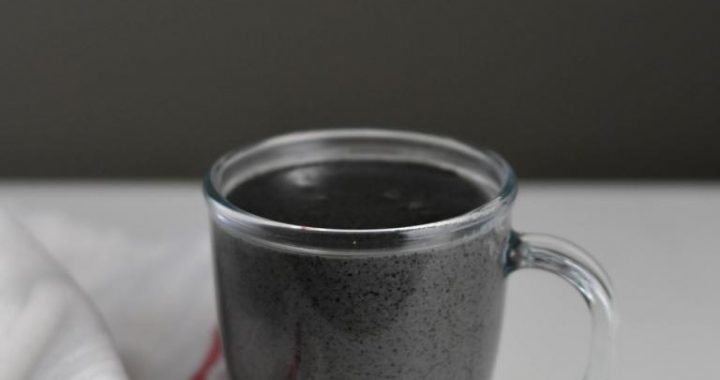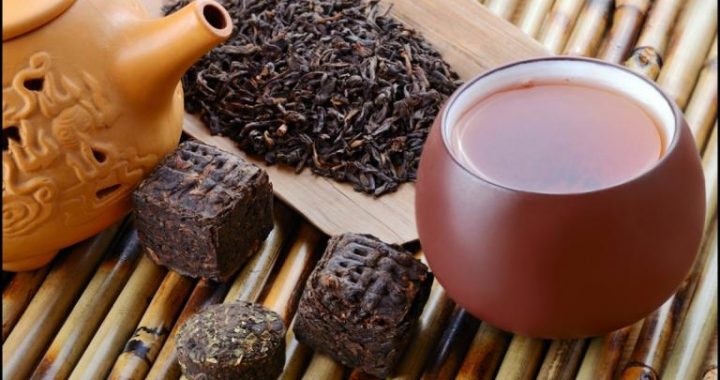Ways of savoring tea
5 min readThe Chinese people look to tea drinking as an art, which incorporates a wide range of knowledge; the taste of tea might be light, yet the meaning is rich and deep The Chinese attach great importance to the water tea leaves, tea set, and fire when making and drinking teaWater is an element of priority in the making of tea. To make a good cup of tea, quality water is a must.
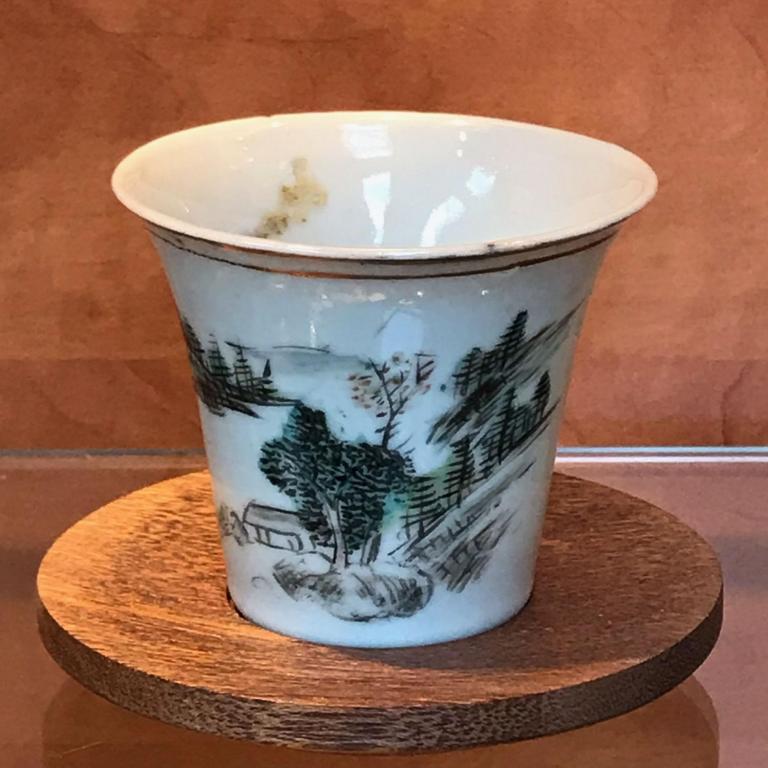
The ancient Chinese commented on tea making thus the tea must be new, and the water must be live, or flowing. Lu Yu(733-804 ), Tea Saint of the Tang Dynasty, pointed out that, to make fine tea, water fromhigh mountains is best, followed by water from rivers and wells. In the cloud enveloped high mountains, crystal clear spring water is the best for making tea; water in the brooks though also good, is not pure because it smells of the earth therefore is only second best. Considered third is water from wells, as artificial springs from underground are often stagnant and tinted with the flavor of salt It is thus no match at all for uncontaminated mountain spring water. unluckily for us today, we do not even have the third type of water to make tea; we use either tap water or artificially purified water-a true pity indeed!The Chinese people also like to collect snow to make tea. The leisurely scene of”making tea with freshly collected snow, while reading in the light of a lamp on a cold winter day, is admired by many literati.
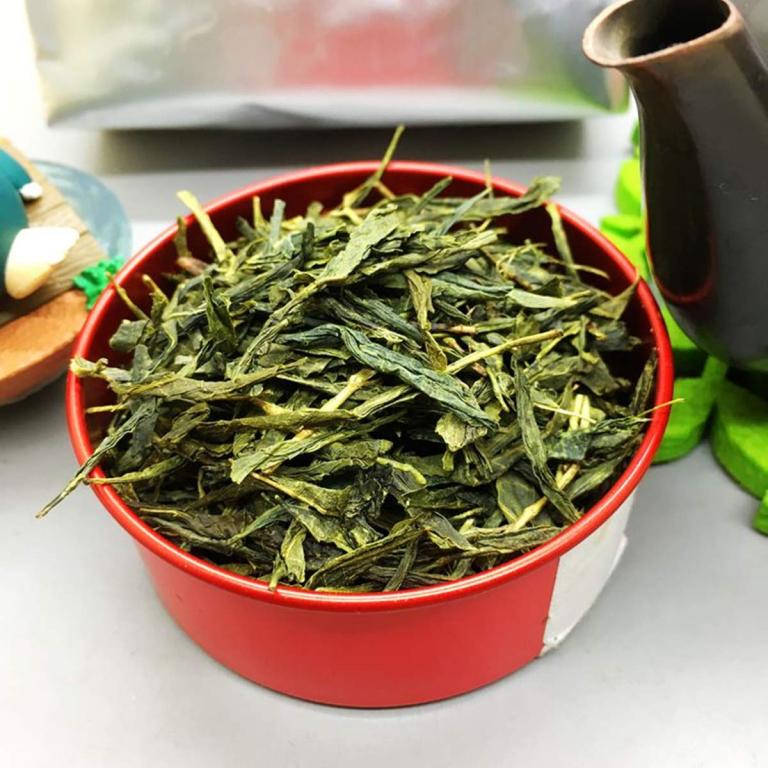
Snow is white but easily contaminated, therefore people like to collect fresh snow to make tea As making good tea needs good water, Chinese people have long developed the tradition of valuing springs, while springs have become famous because of people’s love for tea. It is said that Lu Yu had traveled around the country tasting different types of water in different places. He finally came to the conclusion that the Huishan Spring in Wuxi, Jiangsu Province, was the best for tea; the Baotu Spring in Ji’ nan, Shandong Province, was second best; and the Hupao Spring in Hangzhou of Zhejiang Province, came third After water, the second most important factor for making good tea is tea leaves China has a long history of cultivating miscellaneous tea leaves. From the perspective of processing, tea leaves fall into the categories of green tea, black tea, oolong tea, dark tea, and scented tea Green tea is the main type of tea, and its output encompasses about 70 percent of total production each year. The famous green teas are Longjing of hangzhou, Biluochun of Jiangsu, and HuangshanMaofeng and Liuan Guapian of Anhui. Black tea is fermented tea, the most famous being Qimen Black Tea of Anhui and Dian black Tea of Yunnan. Oolon tea is mainly produced in Taiwan and in the Wuyi Mountains in Fujian.
Dark tea is represented by Pu’ er Tea of Yunnan. Dark tea is processed by adding water todried green tea leaves, which are then fermented There are a variety of scentedteas, including chrysanthemum and jasmine tea, the favorite of northern Chinesefine tea needs to be served in a fine tea set The chinese people pay particular attention to tea sets, which may be made of porcelain, ceramic, glass or wood China, since it is the home of porcelain, provides a solid foundation for research into making quality porcelain tea sets, though the tea sets the Chinese use are not necessarily porcelain ones. Instead, ceramic tea sets are gems in the eyes of tea lovers. One typical representative is the boccaro tea set produced in Yixing near Taihu Lake in Jiangsu Province, which has long been popular with people in both ancient and modern china The fourth and final element in making good tea is the fire which should be. first of all,”live, as evidenced in the verse by the famous Song-dynasty(960-1279)poet Su Dongpo(1037-1101): Flowing water needs a live fire. A”live fire refers to a charcoal fire. Second the fire should be slow, and a charcoal fire meets this requirement as charcoal lights more slowly than other fuels do.
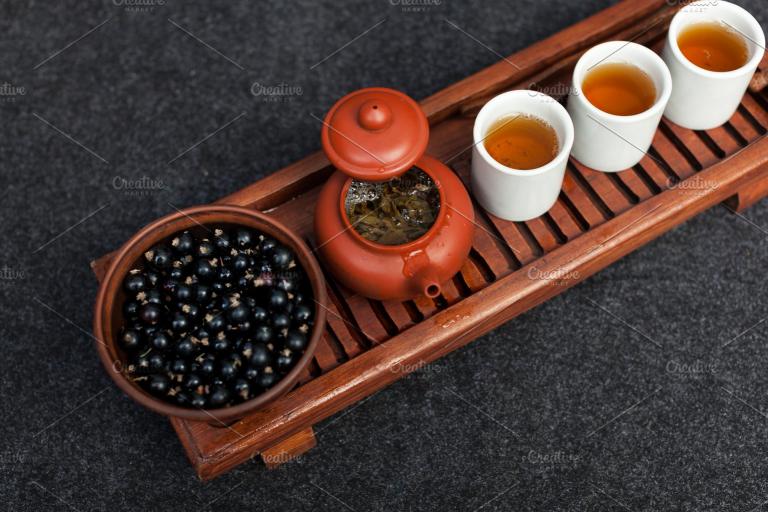
Moreover charcoal exudes a sense of the wild while not having that reek of smoke abhorred by tea lovers In the Chinese tea ceremony, there are four tenets that a tea drinker should observe. i.e color. aroma taste and form first. observe the color. different teas have different colors, such as black tea, green tea, oolong tea, white tea (leaves with fine and soft white hair), and dark tea. When making tea people have different color requirements for these different teas Green tea should be fresh, and the best green tea is produced in spring. Tea picked either before Qingming Festival or the Grain Rain(day marking the beginning of the sixth solar term that falls on April 19, 20, or 21), is favored by people, due to the leaves’ tenderness, freshnessand greenness with a touch of yellow. This type of tea presents an unforgettable transparent image in a glass of hot water. Oolong tea has a deep brown color giving a sense of weight and seclusion. It should be made in a teapot and look thick and gold lden when poured in a teacup.Second. observe the aroma. fine tea should have a special fragrance of its own The chinese people have three ways of enjoying the aroma of tea: smelling it with one s nose once the tea leaves are put into a teacup tasting it with the tongue once the tea is in the mouth and the fragrance overflows; and appreciating it with the heart as the unforgettable aroma lingers in the mouth just like enjoying a fresh breeze Third, observe the taste. Mention the taste of tea, and a tea lover would tell you that the bitterness of tea is the most important of all tea flavors Tea itself has a subtle bitterness, which, if one sips it slowly, would turn into sweetness, that is when bitterness ends. sweetness be Fourth observe the form The shape of tea leaves should also be observed when drinking tea, especially green tea.
For example, the tender leaves of Longjing Tea, picked in the mists, would each stand up in hot water before they slowly unfold and stretch and fall down. against the background of a white teacup they look as if they are performing a graceful dance. Liu’ an Guapian, another famous green tea, is another good example. the edge of each leaf of this kind of tea curves upward. its color bright green In hot water, the leaves resemble lotus flowers, hence the tea has long been a favorite of Chinese people A scene ppreciationCeremony in e LaO e Teahouse in BeijingFine tea is a combination of color, aroma, taste, and form and requires patience to be well appreciated. Therefore, Chinese people speak of “savoring tea instead of “drinking tea; any hurry here would be taboo.
